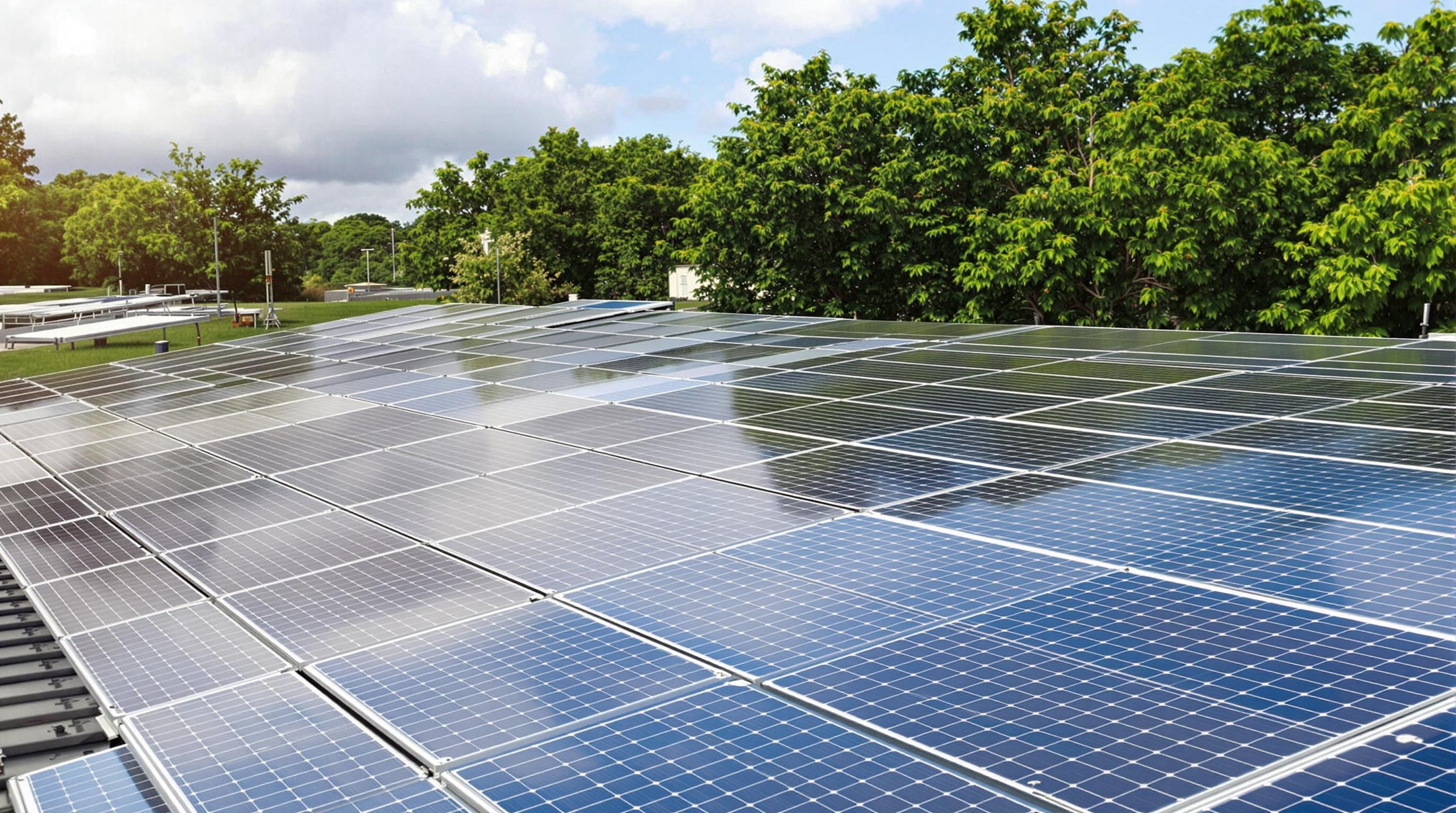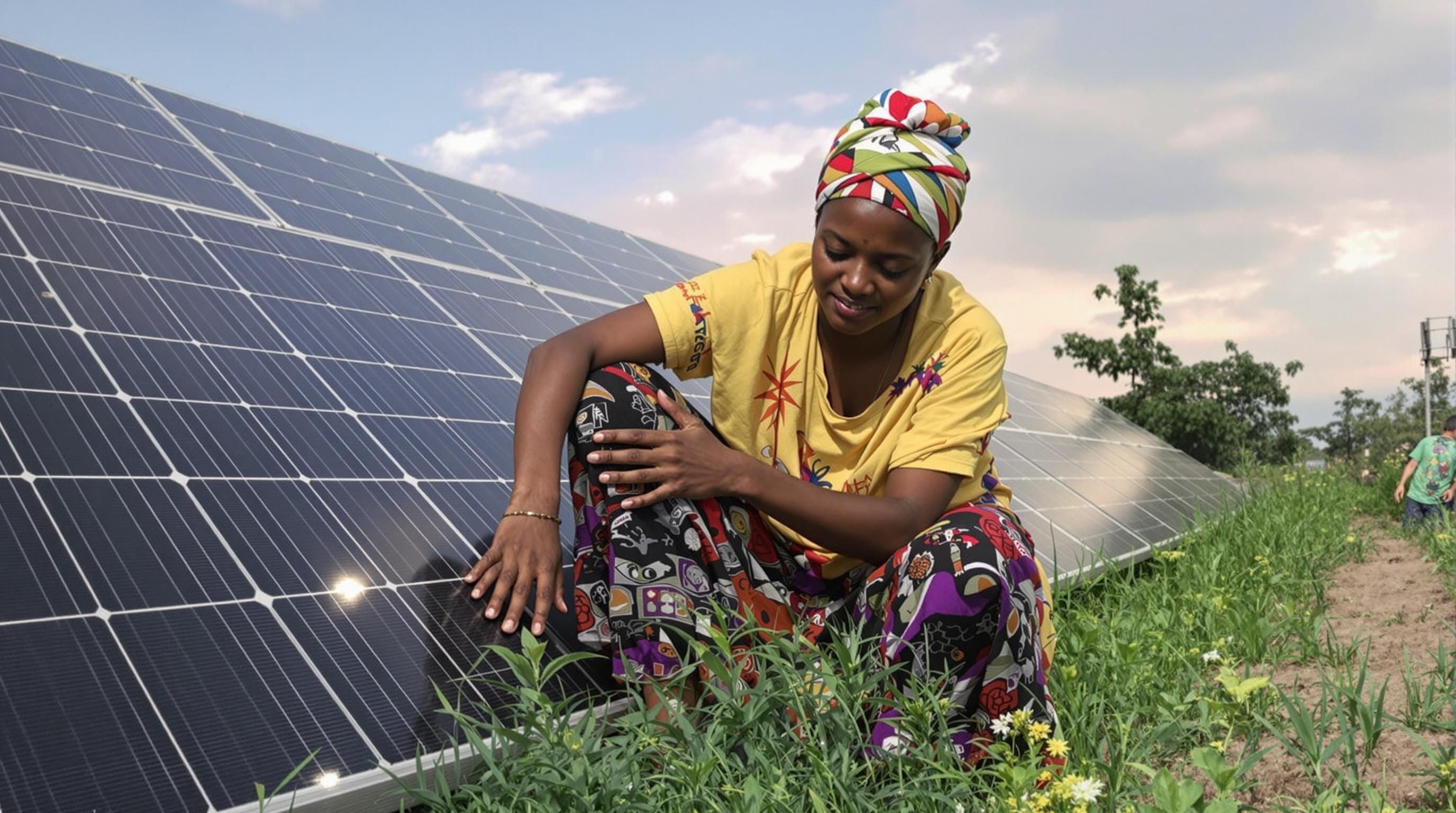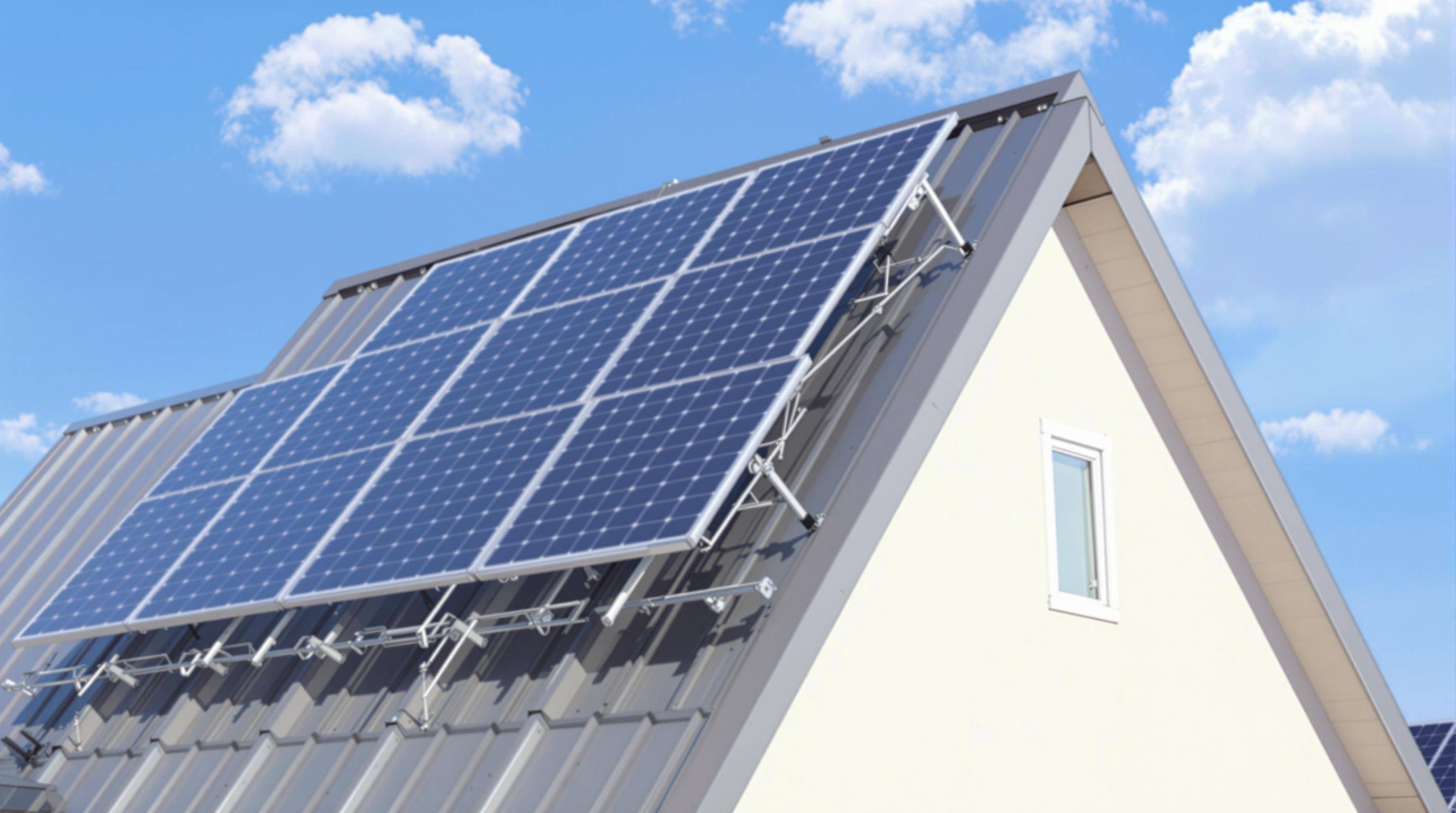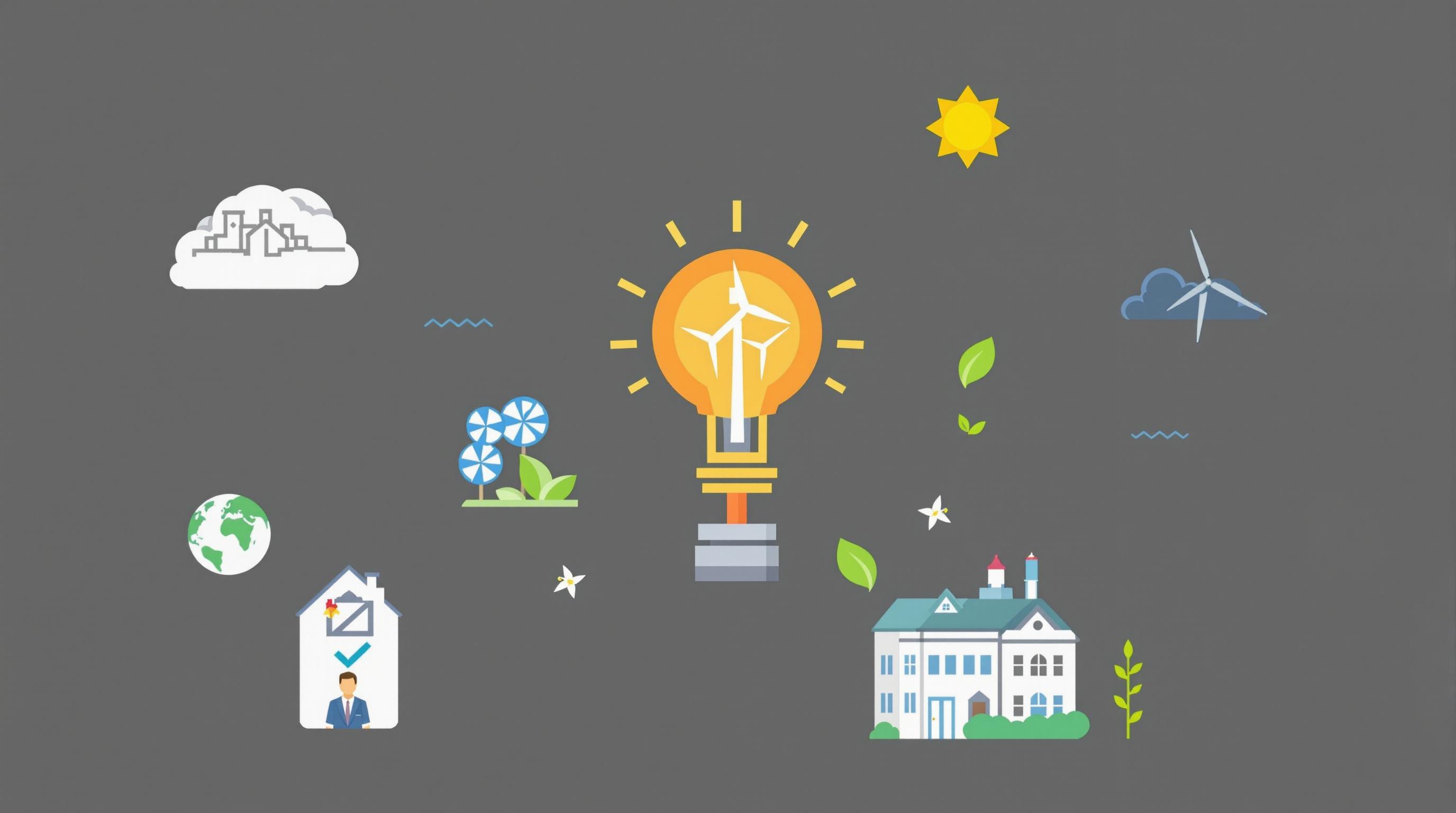Related Articles
- 7 Game-Changing Off-Grid Solar Kits from the Last 5 Years Ranked for Peak Performance and Reliability
- Uncovering the Role of Solar Warranty Disputes in Shaping Consumer Trust and Industry Accountability
- The Role of Behavioral Economics in Shaping Unexpected Solar Investment Decisions Among Rural Entrepreneurs
- Top 5 Emerging Solar Panel Brands Since 2019 That Outlast the Competition in Real-World Tests
- Top 6 Trailblazing Ground Solar Frames Unveiled Since 2019 Revolutionizing Installation Speed and Durability
- How Biodegradable Mounting Materials Could Revolutionize Eco-Friendly SolarRoof Installations by 2030
10 Unconventional Solar Financing Strategies Leveraging Blockchain and AI to Revolutionize Energy Investments in 2024
10 Unconventional Solar Financing Strategies Leveraging Blockchain and AI to Revolutionize Energy Investments in 2024
10 Unconventional Solar Financing Strategies Leveraging Blockchain and AI to Revolutionize Energy Investments in 2024
1. Tokenization of Solar Assets
Tokenization refers to converting the ownership of solar energy assets into digital tokens on a blockchain. This allows fractional ownership, making solar investments accessible to a broader audience. By owning tokens, small investors can participate in funding solar projects without hefty capital requirements.
This approach increases liquidity in the solar financing market by enabling trading of tokens on secondary markets. It also ensures transparency as each token’s ownership history is securely recorded on the blockchain, mitigating risks associated with traditional solar investments.
Companies like SolarCoin have pioneered this concept, rewarding solar energy producers globally with blockchain-based tokens, fostering mainstream adoption (SolarCoin Foundation, 2023).
2. AI-Based Credit Scoring for Microfinancing
Artificial Intelligence is revolutionizing credit scoring by analyzing vast datasets beyond traditional metrics, enabling more accurate assessment of microfinance applicants for solar projects. This enables solar companies to provide loans to underserved populations who previously lacked access to financing.
Using AI algorithms, lenders can evaluate factors like payment behaviors, social connections, and energy consumption patterns to predict creditworthiness. This reduces default rates and expands the pool of potential solar investors and users.
For example, companies like Lendonomy utilize AI to assess borrower risk for renewable energy financing, thereby democratizing solar adoption (Lendonomy, 2024).
3. Peer-to-Peer Energy Trading Platforms
Blockchain facilitates secure, decentralized peer-to-peer (P2P) energy trading, enabling solar power producers to sell excess energy directly to consumers. This empowers prosumers and creates new revenue streams without traditional intermediaries.
By integrating AI, platforms optimize pricing and energy matching based on real-time demand and supply data, ensuring efficient transactions. This opens solar investments to microtransactions and novel financing models.
Notable platforms like Power Ledger demonstrate how blockchain and AI combine to disrupt energy markets, benefiting investors and consumers alike (Power Ledger Whitepaper, 2023).
4. Decentralized Autonomous Organizations (DAOs) for Solar Projects
DAOs are blockchain-based entities governed by smart contracts where members vote on investment decisions. Solar project financing through DAOs allows global investors to pool funds transparently and democratically.
AI bots can assist DAOs by analyzing project data and providing insights to optimize decisions, reducing human bias. This structure boosts investor confidence through transparent governance and real-time auditing.
Agrivoltaic DAO projects and climate-focused investment DAOs have started implementing these models, pushing solar financing into novel governance paradigms (Energy Web Foundation, 2024).
5. AI-Enhanced Predictive Analytics for Investment Returns
AI-powered predictive analytics evaluate solar project performance by analyzing weather patterns, panel efficiency, and market trends. This forecasts returns more accurately, guiding investors in making better-informed decisions.
Blockchain ensures that the data feeding these AI models is immutable and trustworthy, enhancing prediction reliability. Investors can monitor project health and ROI transparently throughout the investment lifecycle.
Companies like Enel Green Power integrate AI analytics with blockchain to improve solar asset management and investor communication (Enel Green Power Annual Report, 2023).
6. Smart Contracts Automating Solar Incentive Distribution
Smart contracts automatically execute agreements when predetermined conditions are met. In solar financing, they can automate incentives such as feed-in tariffs, tax rebates, or dividends to investors, reducing administrative overhead and fraud risks.
Coupled with AI, smart contracts can dynamically adjust incentive levels based on real-time data, optimizing financial flows and aligning stakeholder interests seamlessly.
This automation improves scalability of solar projects and streamlines investor payouts, as exemplified by platforms like WePower (WePower Whitepaper, 2023).
7. Crowdfunding Solar Projects Via Blockchain
Blockchain-based crowdfunding platforms enable solar developers to raise capital directly from investors worldwide, bypassing traditional financial intermediaries. This broadens access and accelerates project funding.
AI assists by verifying investor identities, monitoring compliance with regulations, and providing risk assessments to protect stakeholders.
Platforms such as Sun Exchange utilize blockchain crowdfunding effectively, helping fund solar installations in emerging markets (Sun Exchange, 2024).
8. AI-Driven Dynamic Pricing of Solar Energy
Dynamic pricing models enabled by AI adjust solar energy prices in real-time based on supply, demand, and grid conditions. This allows investors to capture higher returns during peak pricing periods and reduces wastage during oversupply.
Blockchain records price changes and transactions in a transparent ledger, ensuring trust among buyers, sellers, and investors.
Innovators like Nori have begun applying these models in renewable energy markets, setting the stage for widespread adoption in 2024 (Nori Marketplace Report, 2023).
9. Integration of IoT, Blockchain, and AI for Solar Asset Monitoring
Internet of Things (IoT) sensors capture real-time data on solar panel performance, which blockchain securely stores. AI analyzes this data to identify faults, optimize maintenance schedules, and enhance energy output.
This integrated approach minimizes downtime and maximizes investor returns by ensuring optimal operation of solar assets over their lifetime.
Startups like Enosi Energy are pioneering this merging of technologies to provide transparent, data-driven solar asset investment experiences (Enosi, 2024).
10. Carbon Credit Tokenization Tied to Solar Investments
Solar projects generate carbon credits for reducing greenhouse gas emissions. Tokenizing these credits on blockchain enables easier trading and monetization, adding an income stream for investors.
AI models evaluate the carbon impact rigorously, assuring the validity of credits. Blockchain guarantees transparent ownership and prevents double counting.
Markets like KlimaDAO have showcased how carbon tokenization supports renewable energy growth while appealing to environmentally conscious investors (KlimaDAO, 2023).
Conclusion: As blockchain and AI technologies mature, they unlock inventive solar financing solutions that promote participation, transparency, and efficiency. These 10 strategies are reimagining energy investments and accelerating the global transition to clean power in 2024.




